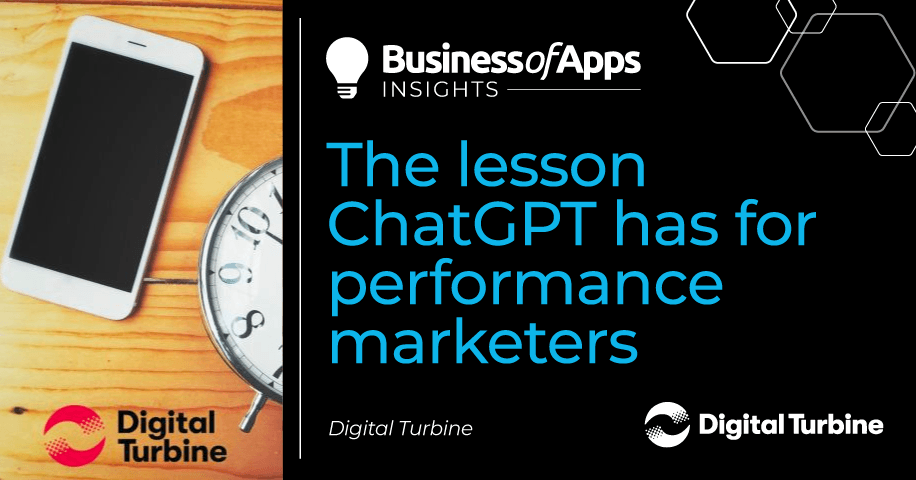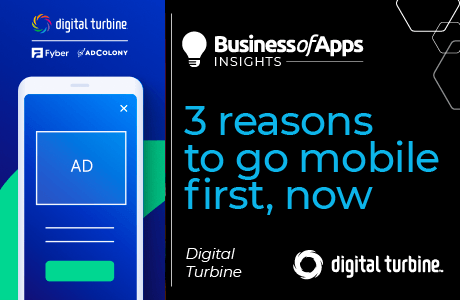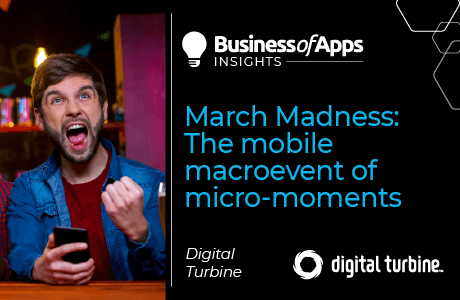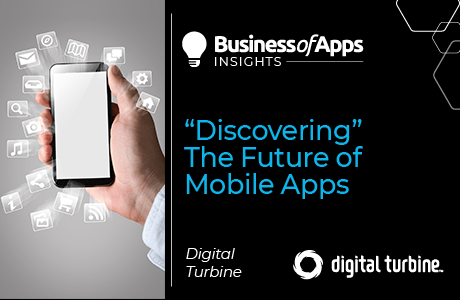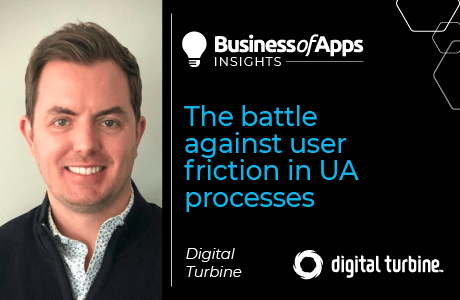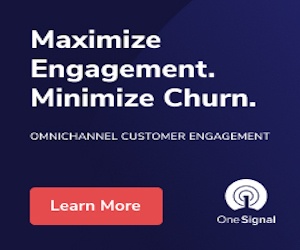ChatGPT isn’t just a shiny new toy. It’s the latest evolution of consumer intent, which is to get the things we want as fast as we can. Consider Google’s rise to popularity 2 decades ago. It stood out among other search engines because it gave better results, faster.
But even as Google remains the world’s best search engine, people still want answers to their queries faster. Google might deliver results fast, but we still need to scroll, browse, and click to find exactly what we want. This is why we’ll yell at Alexa for an imperfect, but faster response when we have the opportunity.
Enter ChatGPT, which filters through search results to quickly generate a natural, easily digested response without all the manual effort. The irony here, though, is the consumer desire at this point diverges. While we want the original response fast, once we have something that we feel is worthwhile, we are willing to invest the time it takes to read, chat, and engage with ChatGPT to finish whatever job it is we’re trying to do.
This is the contradiction of mobile consumer desire: There are moments when we want to reduce friction, and, thus, time spent, to get what we want. But once we have a certain level of interest, we’re willing to engage in a story and learn what we can.
As technology advances to better serve our needs, app developers need to explore divergent philosophies around time spent with their apps so they can understand when users’ time can and should be reduced (such as when we want a fast search response) and when increased time should be considered a valuable metric (such as when we know what interests us and are willing to spend more time to engage).
By studying the marketing funnel to better know when and where users are spending their time, app developers can better meet their needs depending on what users are trying to accomplish.
Building awareness at the top of the funnel
At the top of the funnel, when users are in discovery mode, they don’t know your brand yet, so they’re still learning about solutions in the market. Much like the beginning of a ChatGPT query, this means they aren’t ready to engage in an app download. Gaining their attention, however, isn’t simple.
With more than 5 million collective apps available for download across the Apple App Store and Google Play Store, there is a ton of choice. The sheer volume can leave users feeling apprehensive since they don’t always know what they are going to get. Will the app be high quality and offer a great user experience? Will the app be engaging or perform as advertised?
Users are also experiencing “app fatigue,” meaning they do not want to download an app for every experience. In addition, users don’t always trust apps on their devices due to the rise of malware and privacy violations. All this makes an app download a conscious choice of whether “it’s worth the time.”
Ultimately, the goal for app developers should be speed and reduced friction. Rather than trying to draw them in with long, engaging content, the focus should be on quick touches and simple, impactful messaging.
Zoomd’s DSP: Masterful UA meets smart retargeting
✓ Fully transparent ✓ Global reach ✓ Top exchanges integration ✓ Smart retargeting & deep segmentation ✓ Your first party data maximized ✓ Fully managed / self-served
Get startedDuring the awareness phase, consumers may conduct searches, browse ads or recommendations, or simply listen to what friends or influencers are buzzing about. Ensuring your app name is visible, messaging is consistent, and your app is easy and simple to find can help grow awareness. Consider opportunities like alternative app stores that can pull your app out of the haystack and give it more light of day.
Educating the audience mid-funnel
Once users have become aware of your app, they will now be more willing to take some time to gather information. This is when app developers can slow things down to tell a story that educates the consumer – much like when ChatGPT has delivered an interesting initial result and the user wants to find out more.
Many marketers still view reach and impressions as key advertising performance metrics. But with attention spans shrinking, we should question whether these are the right data points to measure their campaigns.
Ideally, engagement will lead to conversion. However, because people have become so judicious about downloading an app, the ultimate goal here should be education. Studies focused on attention have shown that focusing on time spent telling your story can drive better brand recall.
In-game rewarded video is a great example of this storytelling phase where you can build value because the user is willing to spend more time engaging. When playing a game, users are ready to be entertained. And that mindset remains not just while they are solving puzzles or breaking blocks, but when they also are viewing ads. You can and should take advantage of these moments when you have a captivated and engaged user.
Converting the audience at the bottom of the funnel
Finally, once you have educated consumers enough that they are willing to convert, the goal should once again be about removing barriers and making the process painless for the user. This means, once again, developers should focus on speed and simplicity, remove friction, and ultimately, lead to a quick conversion.
App marketers can optimize their bottom-of-the-funnel conversions through a variety of means, including through preloads, optimizing their apps in storefronts, or minimizing user taps to complete actions.
In the end, taking the time to understand what users are trying to achieve, when they are willing to invest their time, and using weighted metrics may be the best indicator of determining true KPIs. Knowing how users spend time in discovery, learning, and converting will help lead to better outcomes.



